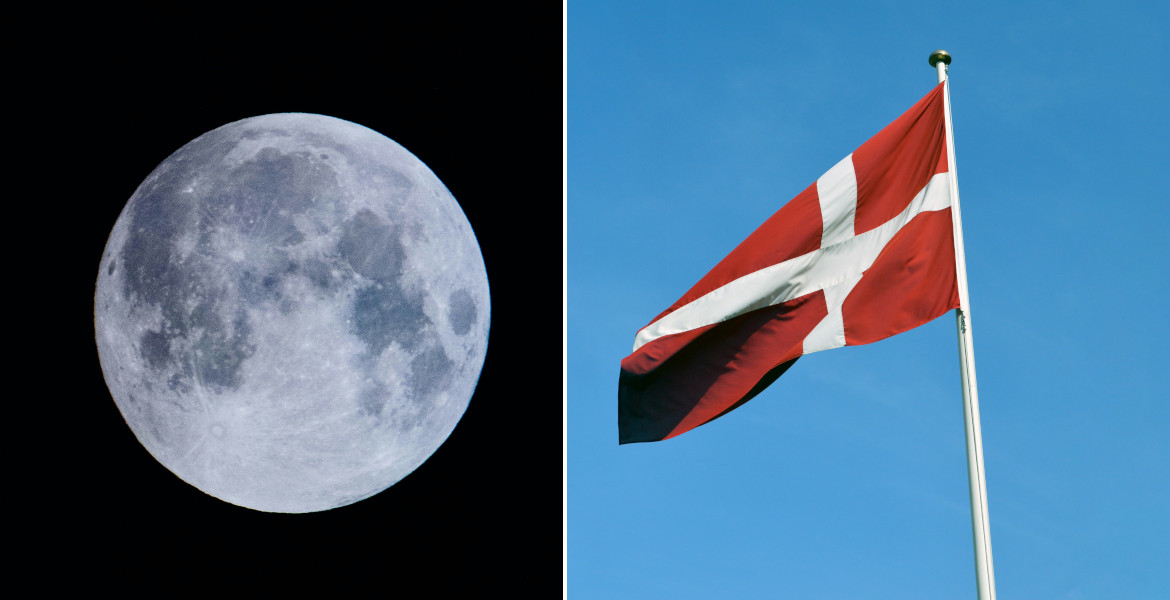The Danish government has allocated 125–130 million Danish kroner (approximately 17–18 million euros) to the Máni space mission – a satellite that will map the lunar surface to identify safe landing sites for future astronauts. The launch is planned for 2029.
The mission is led by researchers at the University of Copenhagen in collaboration with several Danish universities, satellite manufacturer Space Inventor, and international partners from Poland, Slovenia, and the Netherlands, among others. The total budget amounts to approximately 50 million euros.
— It's a dream come true. That we're now reaching the starting line, where we'll begin building and developing the mission, is a fantastic feeling, says Jens Frydenvang, associate professor at the University of Copenhagen and project leader, to Danish public broadcaster DR.
Máni was selected this spring by the European Space Agency (ESA) to advance alongside nine other European projects. In mid-December, ESA is expected to make the final decision on which missions will be prioritized.
The satellite will be equipped with a specially built telescope to photograph the Moon's south pole in high detail. The area is particularly interesting because scientists believe there are large quantities of water there, which could be used both as drinking water and to produce rocket fuel.
Danish Minister for Higher Education and Science Christina Egelund believes the investment marks Denmark as a space nation and strengthens the country's independence from large commercial players like SpaceX.
— That we in Denmark and Europe are strengthening ourselves in this area is very important for our independence, for our security, and for our competitiveness, she says.





